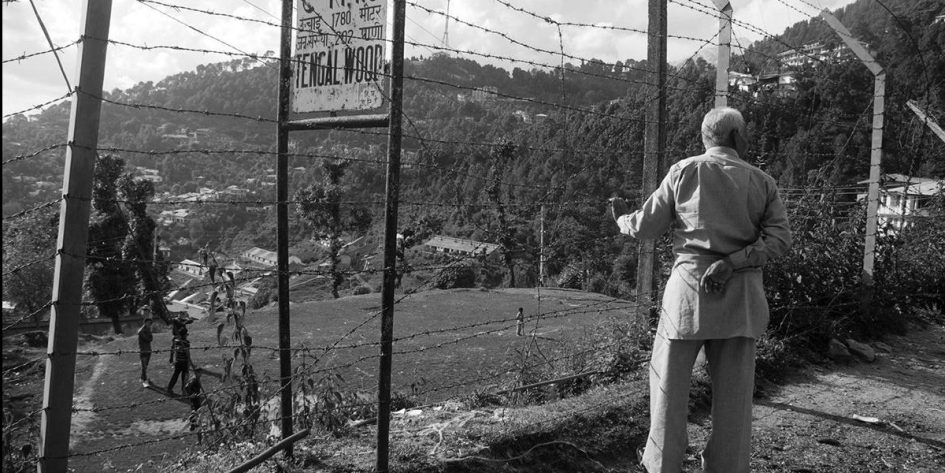Fußnoten 4 – Satyagraha: Wie wurde aus Ahimsa ein politischer Begriff?
1 Graswurzelrevolution: Das andere Indien. Anarchismus, Frauenbewegung, Gewaltfreiheit, Ökologie, Graswurzelrevolution Verlag, 2000. S. 13.
2 Mohandas Karamchand Gandhi, Satyagraha in South Africa, Greenleaf Books, 1979.
3 Mark Kurlansky, Nonviolence. The History of a Dangerous Idea, Vintage Digital, 2008, S. 184.
4 Mark Shepard, Gandhi Today: A Report on India’s Gandhi Movement and Its Experiments in Nonviolence and Small Scale Alternatives, Simple Productions, 2017, S.
5 Judith Butler, The Force of Nonviolence, Verso, 2020, S. 125.
6 Rabindranath Tagore, Nationalismus, Berenberg Verlag, 2019.
7 Rabindranath Tagore, Nationalismus.
8 Martha C. Nussbaum, Politische Emotionen: Warum Liebe für Gerechtigkeit wichtig ist, Suhrkamp, 2016, S. 149f.
9 Andreas Meier, Politische Strömungen im modernen Islam, Bundeszentrale für Politische Bildung, 1995, S. 39.
10 Edward Said, Orientalismus, Fischer, 2009, S. 36.
11 Bernard Lewis, Die politische Sprache des Islam, Europäische Verlags Anstalt, 2002, S. 73.
12 Ayesha Jalal, The Sole Spokesman: Jinnah, The Muslim League and the Demand for Pakistan, Cambridge University Press, 1994.
13 Arun Gandhi, Wut ist ein Geschenk. Das Vermächtnis meines Großvaters Mahatma Gandhi, DuMont, 2019, S. 184.
14 in: Arun Gandhi, Wut ist ein Geschenk, S. 199.
15 Roderick Matthews, Jinnah vs. Gandhi, Hachette India, 2014.
16 Mohandas Karamchand Gandhi, C WMG vol.17., p. 22.


